You ever been at the gym or watching a comp, and someone finally sticks the move that’s been shutting everyone down? Suddenly, it’s like the floodgates open. The next person sends, and then the next. The crowd gets louder and everyone’s more hyped. Somehow you even feel stronger by just being in the gym! That’s adrenaline and the great thing about sports! If you’re looking for a climbing motivation boost, sometimes all it takes is watching someone else send.
When you see someone else do a move that no one could do, you see that it’s actually possible. If one person can do it, then there’s a possibility you can do it.

Your Brain is Learning
There’s some actual neuroscience behind this. When you watch someone else move, your brain activates like you’re doing the movement yourself. These little magic circuits are called mirror neurons, and they’re how we learn movement, empathy — and in this example, climbing.
When you’re watching someone make the crux look easy or someone solves a techy slab with smooth movement, your brain is firing off signals that prepare you to do it too. It’s mental rehearsal without the risk. And it works.
Ever tried a move that felt impossible, watched someone send it, and then somehow nailed it on your next go? That’s not just motivation, it’s your brain upgrading in real time!
Beta is Beautiful
One of the coolest things about climbing with others is the way beta evolves. There are many different ways to send a climb. A lot of it depends of your skill level (all the tools of climbing you’ve learned) but also your climbing style. If you’re 6’4” you’re going to climb differently than someone who’s 5’. With that in mind, it’s amazing to see how differently a climb can be climbed! You can see someone use a heel hook you didn’t think to use, or breeze through a section by skipping a sketchy foothold you’ve been struggling with. I’m always amazed at how I think I thought through all the possibilities on how to climb a route and someone goes and tries something I didn’t.
If you’re not concerned about onsighting, (climbing a route on your first try without any beta), then watching others is like getting free beta coaching. You learn different ways to move, alternative sequences, and different foot placements. And when someone finally sends a route, it often triggers a chain reaction. Suddenly, everyone is using the same beta and sticking the same move.
It’s not cheating. It’s collaboration and what makes climbing a great community. It also makes you better faster and gives you plenty of climbing motivation.
The Power of a Crowd
Have you ever walked into your climbing gym, maybe it’s later in the night and there’s an energy there? You feel it and it pumps you up. There’s nothing quite like a loud, supportive group when you’re trying hard. Whether it’s a few people you know yelling “You got this!” or a crowd gathering around to see a climbers tackle a hard route, that shared energy boosts performance in a huge way. I always climb a little harder when I have people watching! For me, it’s not to show off, but it feels good when you get that crux you’ve been working on and you feel as the crowd does, YES.
That fun, rowdy atmosphere can actually reduce pressure and nerves. When the vibe is positive, you’re less afraid to fall or look silly so you try harder, risk more, and often climb better. I’ve never been a professional athlete, but I would imagine this is a little bit on how they feel. Unless is the Olympics and the finals (that’s a different story)!
Plus, fun is underrated as a training tool. When you’re genuinely enjoying yourself, laughing between sends, joking with friends, getting fired up over someone else’s send, you’re more likely to perform at your peak.
What’s Great About Comps
Climbing comps crank this effect to an eleven. Everyone is there for the same reason. To showcase their skills and join in the competitiveness spirit. Routes are designed to test creativity and problem-solving. The crowd can be loud (especially during finals) and climbers are feeding off each other’s energy. When you watch someone unlock crazy beta, it doesn’t just entertain but it also teaches.
That’s why people always comment on how they love their climbing community. You’re not just climbing but you’re in a shared experience, trying beta, celebrating small wins, and learning in real time. The setting, both physical and social, helps you grow as a climber.
I loved tennis when I was younger and I swore that whenever I watched a match at Wimbledon and would go play the next day, I would play better! Live settings amplify this more than video/streaming can. When participating in a comp, there’s an urgency and immediacy that makes every move feel more powerful. For the climber and the crowd. Energy can be a collective experience!
Why Records Are Broken
Do you ever notice that when a record is broken (in any sport), it’s soon broken after that? There’s actually a name for this and it’s called the Bannister Effect. It’s named after Roger Bannister who broke the 4-minute mile. Not only did he break the unthinkable at the time, but he essentially broke the mental barrier for people watching. The impossible was now possible and that proved to be very powerful motivation.
This is happening in elite climbing all the time. A speed climbing record stands for a year, then someone breaks it… and two others beat it in the same event! And this phenomenon happens across all sports whether it’s running, lifting, gymnastics, etc.
Once someone shows something is possible, others stop seeing it as unreachable. The “impossible” feels like a challenge instead of a wall. (See what I did here?) In the gym, it’s the same when someone finally sends a V7 boulder you’ve been trying all month. Suddenly, you’re back on it, trying harder, believing in yourself more.
This ripple effect doesn’t need a world stage. It can happen in any setting where people are watching, cheering, and sending routes together.
How to Tap into Making Yourself a Better Climber
If you’ve never been to a comp, I would suggest you do! The energy is unmatched and you feel a part of something bigger. Most climbing gyms have competitions once a year. The best part, you don’t have to be an expert to participate! In fact, beginner climbers are often encouraged to sign up. If you climb on the east coast, check out the Burn Bouldering Series that started in Philly but is now right here in Charlotte and Albany.
You don’t need to be in a comp to benefit from this. Here are some tips on how to bring that energy into your everyday climbing:
- Watch actively: When you’re at the gym or watching comps, pay attention to how others move. Check out their pacing, beta choices, and body positioning.
- Climb with a crew: Nothing beats a group of friends all trying hard, sharing beta, and lifting each other up for climbing motivation.
- Celebrate every send: Whether it’s yours or someone else’s, keep the energy high. Good energy spreads.
- Take notes: Write down what beta worked, what you learned, and what to try next time.
- Film yourself: Analyze your movement like you would when watching a pro. You’ll spot habits and breakthroughs. If you want, tag us on IG @innerpeaksclimbing. We’ll give you some hype!
- Keep the vibe fun: Don’t underestimate how much a good atmosphere boosts performance.
Be the Best Climber You Can Be!
Watching others send routes helps you believe, helps you learn, and helps you send too. Whether it’s the first flash of the night or your final climb after 10 tries, someone else’s success can ignite your own.
The next time you’re in the gym, at a comp, or just watching YouTube finals — soak it in. Get amped and charged up. Learn from the beta. Then hop on the wall, and go surprise yourself. Happy climbing!



